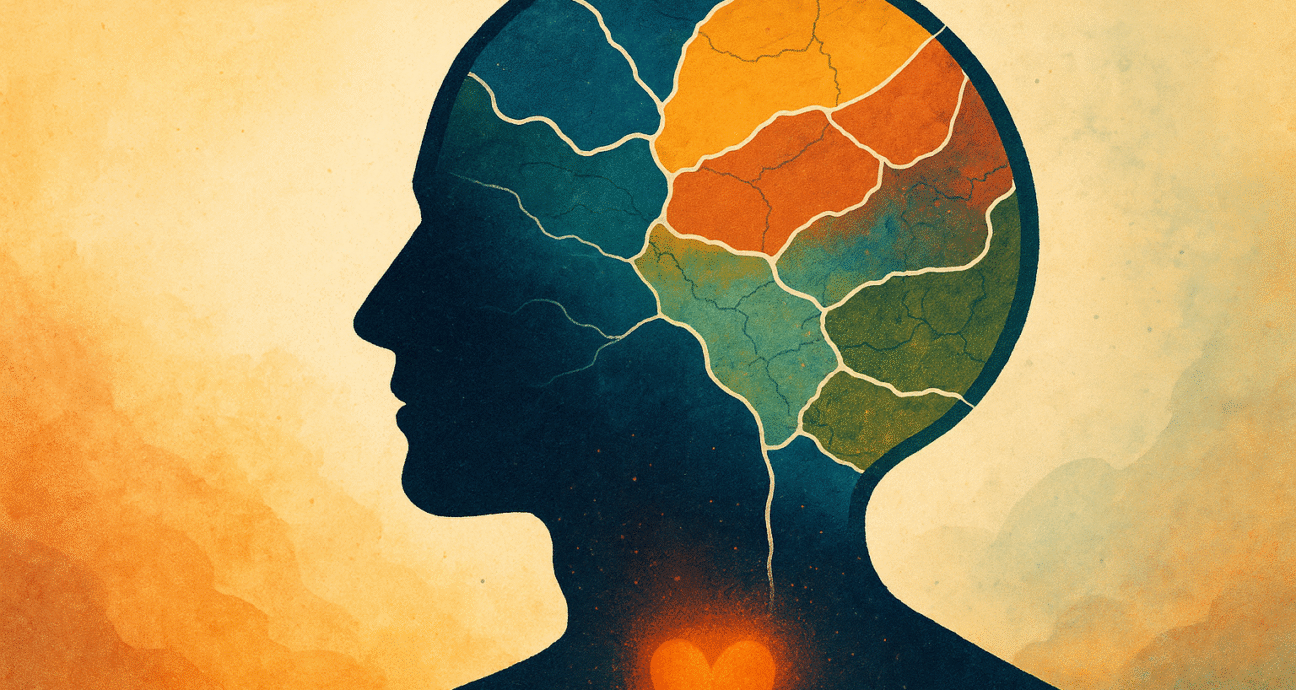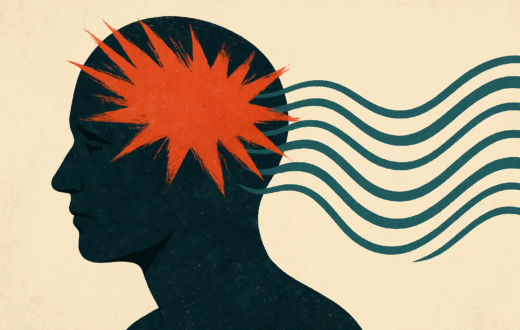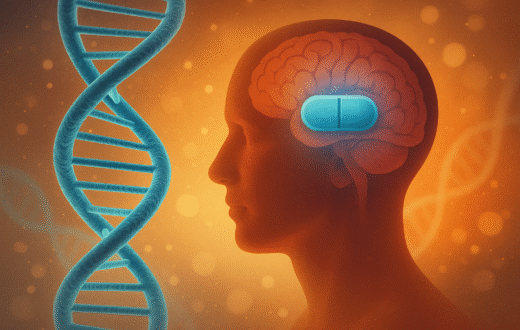Mapping the Mind: How Expanding Your Inner World Transforms You

Imagine living in the late 15th century, at a time when maps depicted only the familiar continents. Then, new explorers ventured across the oceans and revealed lands no one in Europe had imagined existed. These discoveries didn’t just expand geography—they redefined humanity’s understanding of the world itself.
A recent psychological framework, developed by researchers Jaan Aru and Thomas Kabrel (2025) and published in Perspectives on Psychological Science, suggests that internal transformation follows a similar logic. Just as explorers expanded the edges of old maps, personal growth depends on broadening the mental maps we carry within us.
The Mind as a Map
In this model, the human mind can be understood as a dynamic network of concepts, sensations, emotions, memories, and beliefs—an internal cartography that guides how we think, feel, and act. Psychotherapy, education, coaching, or even life experience can all be seen as processes that expand this inner territory.
When our internal map becomes too narrow, our thinking, emotions, and behaviors loop within familiar patterns. Real change occurs when we venture beyond those boundaries—when we begin to explore uncharted psychological territory.
Beyond Metaphor: The Neuroscience of Mental Mapping
Since the 1940s, neuroscientists have known that rats navigating a maze form “cognitive maps” in the hippocampus—cells that fire in sequence as the animal moves through space. What’s remarkable is that similar neural activity occurs when humans move through ideas instead of locations. Thinking itself is a form of mental navigation—traversing an internal landscape of associations.
Recent advances in network science now allow researchers to visualize these internal maps by analyzing patterns of language and cognition (Beaty & Kenett, 2023). Neuroscientific evidence (Viganò et al., 2025) further shows that when we recall, plan, or make decisions, the hippocampal system guides our journey through abstract mental spaces, confirming that the map metaphor reflects a genuine neural process.
When the Map Becomes Constrictive
Our cognitive maps are shaped by experience, and while they help us predict and respond effectively, they can also confine us.
A person shaped by early experiences of mistrust may continue to avoid intimacy long after those conditions have changed.
A business leader might cling to a single belief about innovation, ignoring ethical or contextual nuances.
In such cases, mental navigation becomes repetitive—circling familiar routes without discovering new ones.
This persistence arises because neural pathways strengthen with repetition. The more often we think a certain way, the more ingrained that pathway becomes—like walking the same trail through a field until it hardens into a permanent track.
Expanding the Inner Map
To grow psychologically, we must explore beyond our habitual routes. That often requires guidance—a therapist, teacher, or coach who serves as a cognitive navigator. Through dialogue and reflection, these guides invite us to notice new patterns, form fresh associations, and mentally travel to regions previously unvisited.
Each insight reshapes the internal map, opening pathways that alter how we understand ourselves and the world.
Transformation, in this view, is not the discovery of something foreign—it is the expansion of what was already latent within.
The Uncharted Mind
The Earth was never smaller before explorers set sail; it was our perception that was limited. Likewise, our mental world holds vast potential, though most of us traverse only a fraction of it. Expanding our cognitive map requires curiosity, courage, and the willingness to stray from familiar paths—venturing into the unknown to rediscover who we are.





